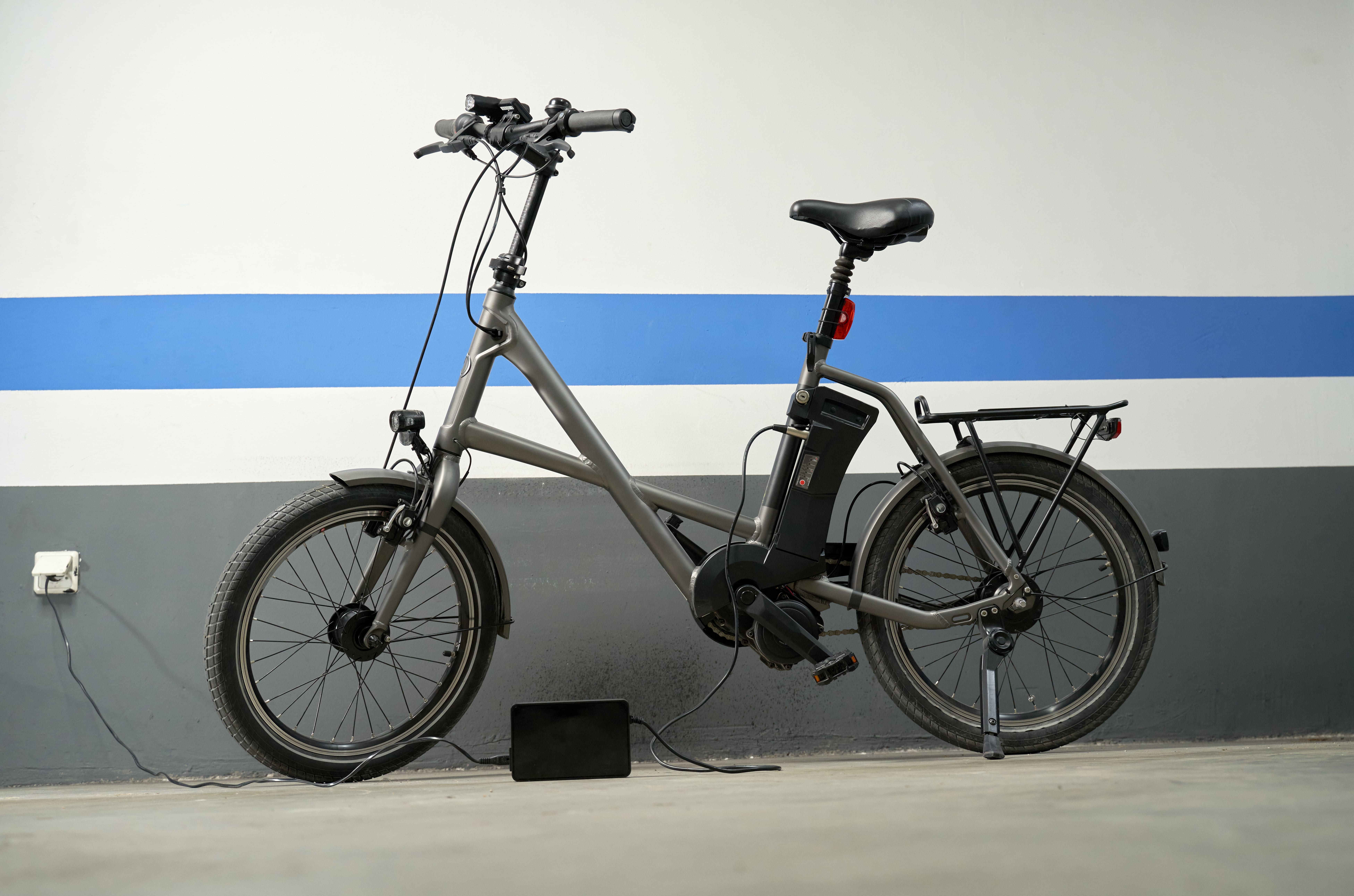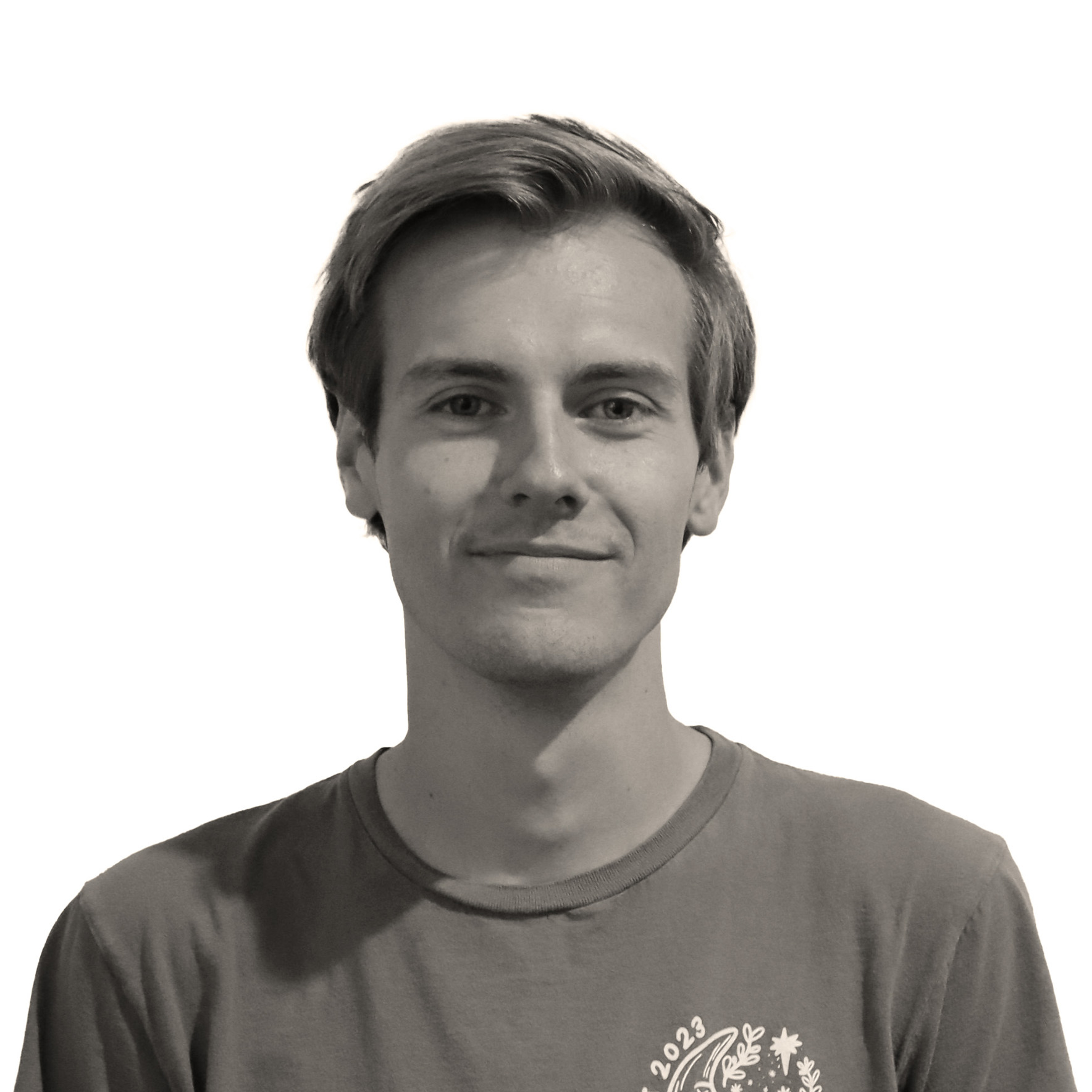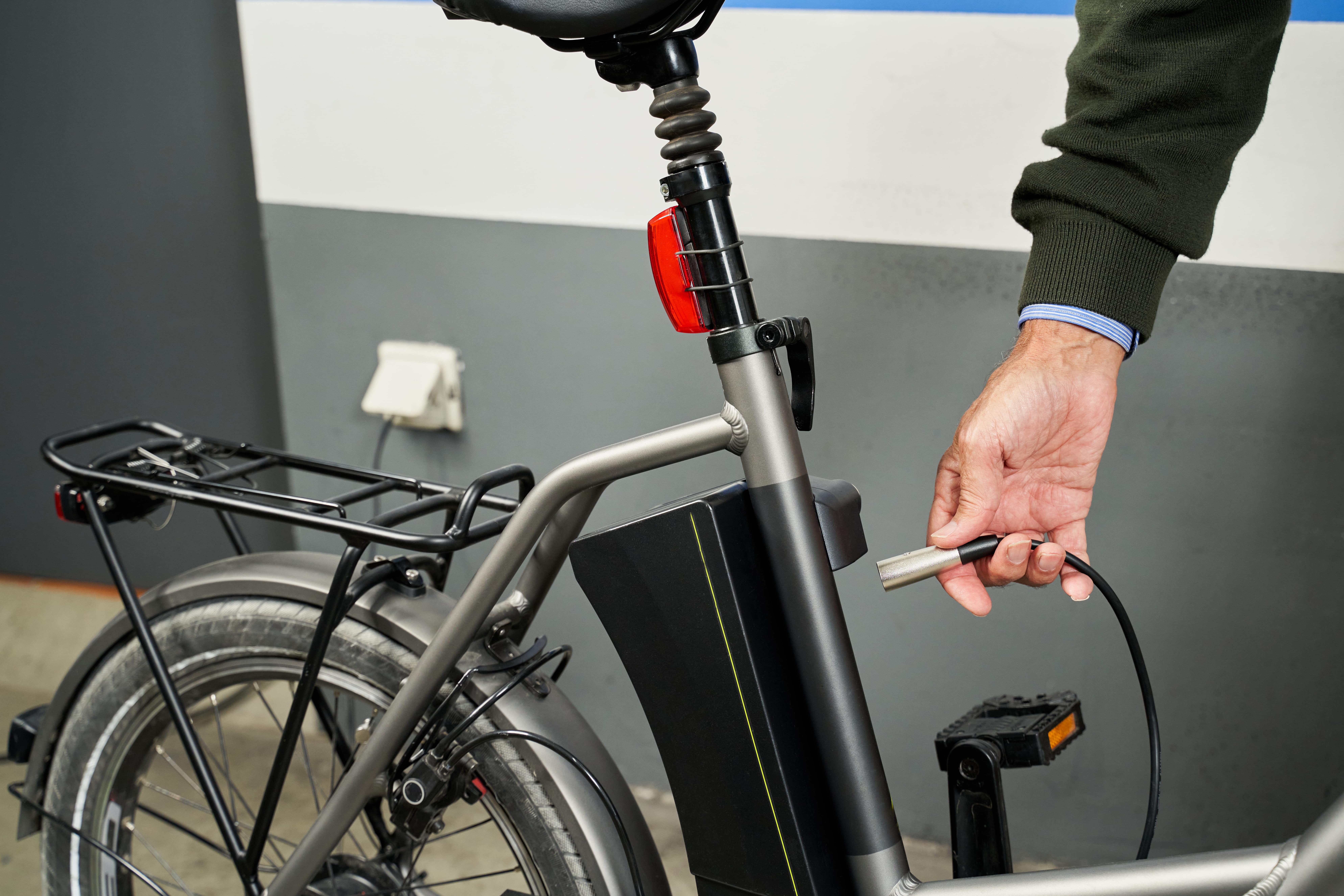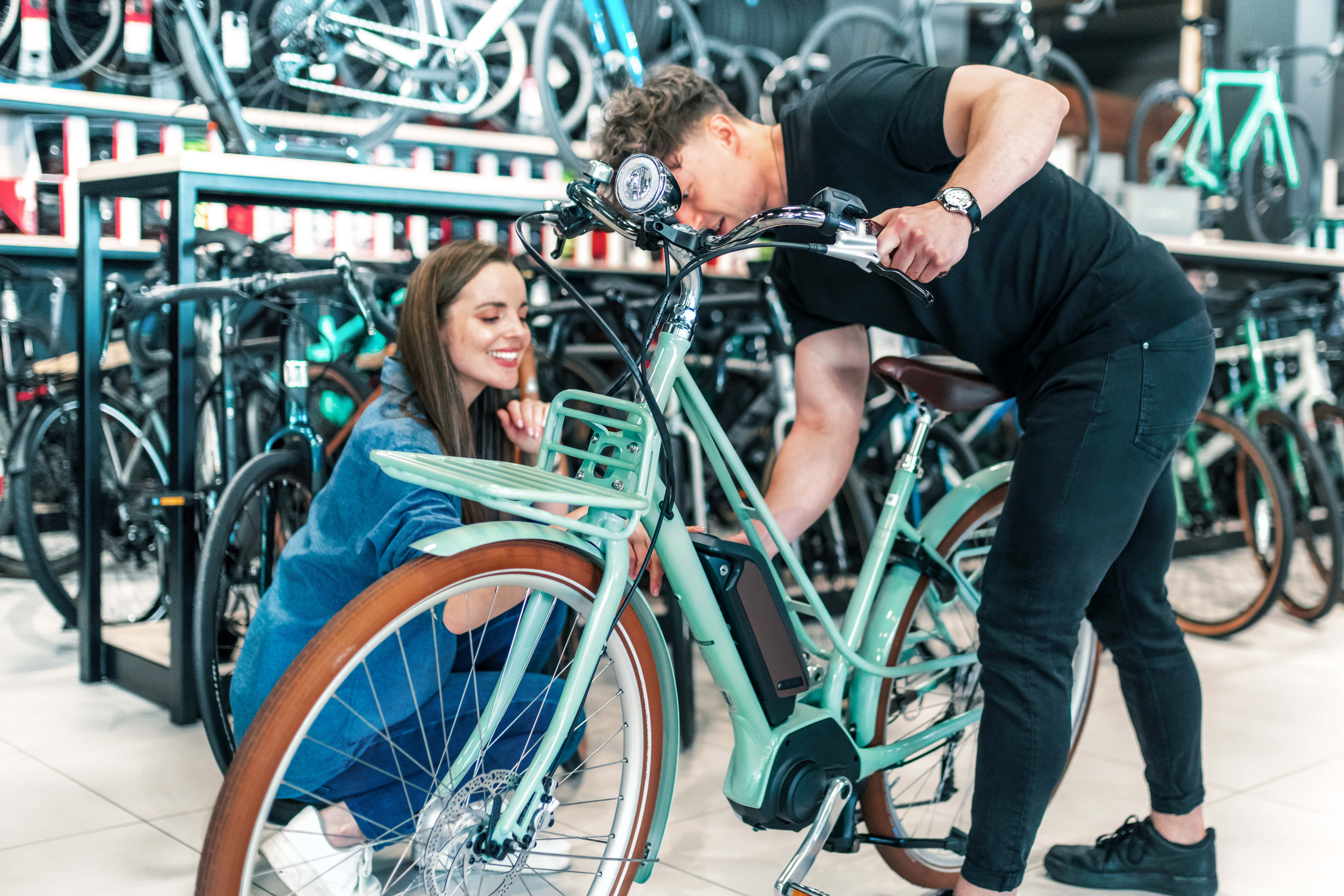E-bike commuting: is it cheaper than driving?
How much cheaper is commuting on an e-bike than driving? We take an in-depth look at what e-bikes can save you on fuel, tax, insurance, parking & more.

- What are e-bikes & how do they work?
- How much do e-bikes cost to buy?
- How much do e-bikes cost to charge?
- How much does a car cost to run?
- The average cost of fuel
- How does that compare to electric cars?
- How much do e-bikes cost to maintain?
- What about road tax & car insurance?
- How much can an e-bike save you on parking?
- Do e-bikes pay clean air charges?
- How much can e-bikes save you on your commute overall?

In the 2021 Census, the Office for National Statistics found that 12.5 million Brits drive a car or van to work. That’s 45% of working adults! To top it off, UK commuters spend an average of 59 minutes travelling to & from the workplace every day.
After the upfront cost of buying your car, you’ve still got fuel, tax & insurance adding a big chunk of change to the expense. With the average cost of running a car sitting at £220 per month in 2022, it’s no surprise that Brits are keen to save money on their commute.
With that in mind, if you’re bored of buses and tired of trains, cycling to work is an affordable solution that’s better for your health & the environment too.
What are e-bikes & how do they work?
E-bikes are just like regular bikes with one simple addition: an onboard battery-powered motor. If you’re struggling up a tricky hill or low on energy after a long ride, you can fire up the motor for an extra kick that makes it easier than ever to go the extra mile. Research even suggests that cyclists ride further on e-bikes than they do on their simpler counterparts.
How much do e-bikes cost to buy?
Prices start at around £500 and climb as high as £10,000. We would encourage shoppers to save on e-bikes by using discount codes, and seeking out sales & promotions. At MyVoucherCodes, we’ve kept a close eye on the best deals over the years, and we’ve seen up to 40% off selected bikes from the likes of Halfords, Pure Electric & even Argos.
The UK government supports several cycle-to-work schemes that let you buy a bike with your pre-tax salary. These schemes can save you up to 47% on the usual price and even stack with retailer discounts. You can find out more in our guide to cycle-to-work schemes.
Generally, the more you pay for an e-bike, the better quality battery & motor you’ll get, which will help you save on running & maintenance costs in the long run. If you don’t have much to invest upfront, plenty of affordable options remain on the market. Even entry-level models can make a significant difference to your lifestyle.
How much do e-bikes cost to charge?
Calculating the cost of charging your e-bike is simple. You can work it out with a few simple figures - the voltage & amp hour of your battery (i.e. 10Ah), and your electricity rates in Kilowatt-hours (i.e. 34p per KWh).

Usually, voltage & amp hours are written on the casing of your e-bike’s battery or in the user manual. The cost of a KWh can be found on your energy bill. Once you have these figures, start with a quick calculation to work out the KiloWatt-Hour of our e-bike’s battery:
Voltage x Amp-Hours/1000
So if the voltage of your battery is 36V and the amp hour of your battery is 10Ah, then your calculation will look like this:
36 x 10/1000 = 0.36
Once we have the Kilowatt-Hour of the battery, there’s one more step until we have the running costs:
Kilowatt-Hour of your e-bike battery x Electricity Rate per Kilowatt-Hours
So if our electricity rates in Kilowatt-hours are 34p per KWh (the average rate customers in the UK pay in 2023), then we’d work out the following:
0.36 x 34 = 12.24p
And that’s our running cost!
E-bike batteries tend to range between 36 - 52V, whilst the benchmark for amp hours is 10, which equates to about roughly 20 - 40 miles travelled with the motor running. That means travelling 20 - 40 miles on our e-bike costs less than 15p. That’s under 1p per mile!
One other perk of an e-bike is that you can still pedal manually, and you won’t need to use your motor all the time. As such, you’ll likely get even more mileage out of your bike before each recharge.
How much does a car cost to run?
In 2021, the average cost of commuting daily by car was £16, adding up to a total of £80 per week. This figure includes fuel, tax & insurance, and costs tend to vary from car to car and (in the case of insurance) driver to driver. To find out more about how e-bikes compare, we’ll need to break down each factor. Let’s start with fuel.
The average cost of fuel
One survey found that the average miles per gallon (mpg) in the UK was 38.8 mpg. Breaking this down by fuel type, petrol cars averaged 36 mpg, whilst diesel cars fared slightly better at 43 mpg.
Of course, fuel usage also depends on how far you travel. The average car in the UK travelled a total of 7,400 miles in 2019. Focusing just on the commute, a 2022 survey found that 75% of UK respondents commuted less than 10 miles each day, with 20% commuting between 5 - 10 miles. Let’s take 5 miles as the average daily commuting distance. One gallon of fuel in the average petrol car will last you 7 commutes, whilst a gallon of diesel will cover just under 8 journeys. Either way, each gallon will last you just over a week.
The RAC measured the average fuel cost per litre for unleaded petrol, super unleaded petrol & diesel. One gallon equals 4.55 litres, meaning that we can multiply the per litre price by 4.55 to find out the cost per gallon. We can also break down per gallon cost by dividing by the average miles-per-gallon for each fuel type to see how much they cost you per mile. You can see the results (rounded up to the nearest penny) at the time of publishing in the table below:
| Type of Fuel | Unleaded Petrol | Super Unleaded Petrol | Diesel |
|---|---|---|---|
| Per Litre (P) | 154p | 168p | 156p |
| Per Gallon (£) | £7.01 | £7.65 | £7.10 |
| Average mpg | 36 | 36 | 48 |
| Cost per Mile | 19p | 22p | 15p |
As we can see, unleaded petrol is the cheapest to buy by the gallon, but thanks to a higher average miles-per-gallon, diesel is the cheapest per mile at 15p a mile. With e-bike charging costs at less than 1p per mile, switching to an e-bike will save you at least 14p less per mile, or £1027 a year for the average driver.
How does that compare to electric cars?
Although electric cars can be recharged at public charging points on lampposts & in petrol stations, most electric cars will rely primarily on a charge point installed in your home. Installing a charging point can cost as much as £1000, and the energy used via your charge point will be charged at the same per kWh rate you’ll find on your energy bill.

Calculating the charging costs of an electric car is even easier than it is for e-bikes. When you look at or buy an electric car, they tend to list the KWh, so we don’t need to calculate this. We’ll also use the same electricity Rate per Kilowatt-Hours on our bill, so we just need to do one quick calculation:
Kilowatt-Hour of your electric car battery x Electricity Rate per Kilowatt-Hours
As with e-bikes, different electric cars have different batteries. For example, the Renault Zoe has a 30 kWh battery, whilst the battery of the Tesla Model S runs at 100 kWh. Let’s run through that for the Renault Zoe:
30 x 34p = £10.20 per charge
And we can do the same for the Tesla Model S:
100 x 34p = £34 per charge
The average fully electric vehicle can travel 132 miles from each charge, which is about 3x better than diesel or 4x better than petrol cars. Using this figure, travelling a mile in the Renault Zoe costs 13p, whilst in a Tesla Model S, this costs just 4p.
Travelling as much as the average car in 2019, that’s £962 a year for the Zoe, or £296 for the Model S, saving you almost £1000 on fuel. As such, although they can be more expensive to buy than petrol or diesel models, electric cars are much cheaper to run.
However, although electric cars are impressively cheap to charge, the figures show that even the most recent electric car models cost almost 4 times the amount to charge than your average e-bike. If you were to swap your electric car out for an e-bike (travelling an average of 7,400 miles), your annual charging costs would be around just £74 - that’s a saving of up to £1180!
How much do e-bikes cost to maintain?
E-bikes share almost all of their parts with regular bicycles, so maintenance is simple and parts are cheap & easy to come by. Although e-bikes are generally heavier than regular bikes, which means more wear & tear on pedals & suspension, these are relatively inexpensive issues to fix. If you don’t want to fix your bike yourself, repairs can cost between £30 to £160, with most simple issues falling at the lower end.
The only components an e-bike doesn’t share with a regular bicycle are its battery and motor. E-bike batteries can cost between £200 and £750 and can last anywhere between 18 months and 10 years depending on the quality of the battery you buy. More costly premium batteries are designed to last much longer, so buying a more up-market e-bike can save you on replacement costs in the future.

Meanwhile, motors can start from £50 and climb up to £1000, but many retailers offer replacement motors as part of their repair fee. Most motors generally last for 3 to 10 years with regular servicing, whilst batteries should generally be replaced after two years.
One advantage of an e-bike is that you don’t need to pay for annual MOT tests. The maximum fee for an MOT in the UK is £54.85 for cars and £29.65 for motorcycles. With an e-bike, you can avoid these charges, and repairs are usually much cheaper than they are for motorbikes or cars.
Although maintaining your motor or replacing the motor or battery can set you back a decent sum, you shouldn’t need to do this as often as you’d book an MOT. For example, you might fork out £200 for a new motor, but with the right upkeep, you could keep it working for 5 years. That’s only £20 per year, which is much less than you’d pay for MOTs, let alone if your car broke down.
What about road tax & car insurance?
Cars and motorbikes legally need to be insured to go on the road, and you’ll also pay road tax on the vast majority of vehicles. These costs also vary from vehicle to vehicle, and can quickly add up when combined with fuel & maintenance.
Let’s start with insurance. Drivers over 25 who have not previously crashed or claimed on insurance can get the cheapest plans, with comprehensive coverage from £515 annually. However, at the other end, drivers aged 17 - 24 who opt for third-party insurance can pay as much as £1152 a year. Go.Compare found the average cost of car insurancein 2022 to be £526 a year, or £43.83 per month.
Car tax in the UK is calculated based on two factors: the type of car you have, and how much CO2 it releases per Km travelled. Depending on these factors, you’ll pay anywhere between £0 and £2365 per year in tax. However, higher tax rates are reserved for particularly polluting models, and most cars in the UK fall well below this amount. The average petrol or diesel car emits 120g of CO2 per Km, meaning road tax costs £190 for petrol vehicles and £230 for diesel vehicles. With an electric car, this figure falls to 60g per Km and £15 in tax.
With an e-bike, you won’t need to be insured to cycle (although we do recommend you insure yourself against theft or loss), and you won’t pay road tax, so you’ll avoid all of these costs.
How much can an e-bike save you on parking?
You won’t get far with a car without somewhere to park it. Parking is an eternal source of frustration & cost for drivers. The NCP surveyed UK customers and found that 72% of visitors to shopping centres valued low-cost parking spaces. Finding parking isn’t easy, either: another survey calculated that the average driver in the UK spends 44 hours per year looking for parking spots. In terms of fuel, emissions & time wasted, that’s £733 per driver or £23.3 billion nationwide.
Parking prices vary depending on where you are and whether you’re opting for on-street spots or space in a car park. On-street parking can cost as much as £5.10 per hour, with London winning the trophy for most expensive place to park in the UK, and cities like Edinburgh, Bristol, Manchester & Leeds not far behind. Meanwhile, car park prices can be as high as £7.80 per hour, with London once again claiming the top spot.
Unlike cars & motorbikes, e-bikes aren’t subject to the same parking restrictions or fees. With a solid bike lock, you can stow your cycle free of charge at a nearby bike rack. Most cities make an effort to include these in high-traffic areas, plus many more employers offer bike storage than parking spaces when it comes to the workplace. You’ll often find there are more spaces for bikes than cars in most offices, towns & cities, meaning you’ll save time & money. Simply invest in a solid bike lock for as little as £25 and off you go!

Do e-bikes pay clean air charges?
In some cities, local authorities have taken action to reduce emissions or traffic by creating clean air or congestion zones. If vehicles fail to meet certain criteria, they will need to pay a fee each day they drive through certain areas of the city.
There are four types of clean air zones in the UK, and different zone types allow different types of vehicles exemption from charges. In Type D zones, all types of vehicles including private cars & motorbikes will need to adhere to set standards or pay a charge. At the time of writing, there are only two Type D clean air zones in the UK, which are in Bristol & Birmingham. In Bristol, you’ll pay £9 each day you drive your car or motorbike through the clean air zone, whilst the same in Birmingham will set you back £8 per day.
London also has a clean air zone, known as the Ultra Low Emission Zone (ULEZ), which operates in much the same way as Bristol’s or Birmingham’s. It applies to private cars & motorbikes as well as commercial vehicles, and you’ll be charged £12.50 each day you travel through the designated zone if your vehicle does not meet the criteria. London also operates a congestion zone charge: anyone driving through parts of central London at certain times of day must pay £15 each day they do so, no matter what vehicle they drive.
With an e-bike, you can travel free of any clean air zone fees or congestion charges. Most private vehicles are new enough to meet the pass requirements of the UK’s clean air zones, but even these vehicles will still rack up significant charges if they travel into central London thanks to the congestion charge. If you commute into central London 3 days a week each year (minus 5.6 weeks’ holiday in line with the UK’s minimum annual leave requirement), you’ll pay £2070 towards the congestion charge. Make that 5 days a week and your costs rise to £3450 a year. With an e-bike, you can travel into central London all you like and you won’t pay a thing.
How much can e-bikes save you on your commute overall?
You could expect to cut your fuel costs by as much as £1100, spend up to £30 less each year on maintenance, and avoid paying as much as £1300 yearly for road tax & car insurance. Add parking costs and clean air or congestion charges, and you're well on the way to saving £4000 a year.
There we have it - if you’re looking to cut down on driving to work, e-bikes are a fantastic way to save on your commute in a number of ways. Although they’re a significant investment, e-bikes can quickly recoup their cost in savings, helping you cut back on the cost of fuel, tax, insurance, MOTs, and even parking.
I’m Harry, the tech editor, and I started working at MyVoucherCodes in March 2022. When I’m not writing about retailers, I spend my time listening to music and podcasts, playing guitar in a band and writing music reviews. I’m also a fan of long walks, reading new books, kicking back in front of the Xbox and discovering new places.
-
 10 Fun Things to Do This Winter When You’re Bored
10 Fun Things to Do This Winter When You’re BoredSelf Care We recommend some fun ideas for when you're bored this winter.
By Layla Al-Ani Published
-
 LEGO Deals: How to Save on the Iconic Brick
LEGO Deals: How to Save on the Iconic BrickHobbies Join us as we discuss the best ways to get LEGO deals and save money on one of the worlds favourite toy.
By Joshua Ludewig Last updated
-
 Non-Romantic Valentine's Day Activities on a Budget
Non-Romantic Valentine's Day Activities on a BudgetValentine's Day Whether you're celebrating Valentine's Day or Galentine's Day this year, read on for some affordable, alternative ideas that are just as fun minus the mush.
By Layla Al-Ani Published
-
 How much does owning a pet cost, and how can you save?
How much does owning a pet cost, and how can you save?Saving Money Pets can be expensive, but we’re here to show you how to save money with some of the UK’s favourite pets.
By Shona Moreland Published
-
 Cheapest Cinema Days: What is the best day to go to the cinema?
Cheapest Cinema Days: What is the best day to go to the cinema?Days Out Read on as we break down the cheapest day to visit the cinema.
By Joshua Ludewig Published
-
 Discounts for Armed Forces
Discounts for Armed ForcesKey Workers Here is our helpful list of Discounts for Armed Forces members, from clothing and food to days out.
By Sarah-Jane Outten Last updated
-
 NHS Discounts: The Complete Guide 2024
NHS Discounts: The Complete Guide 2024Key Workers Our hardworking NHS workers can save money on shopping, holidays and more. Read on to find out how.
By Sarah-Jane Outten Last updated
-
 How Carers Can Save Money
How Carers Can Save MoneyKey Workers This article provides information on how carers can save money on shopping, days out, and more.
By Sarah-Jane Outten Published